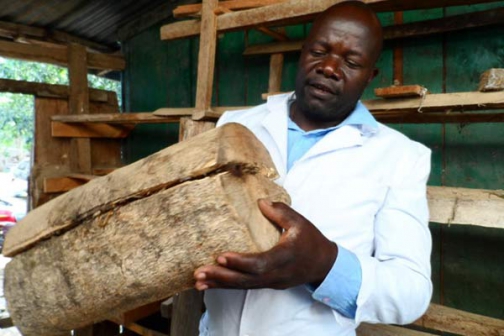×
The Standard e-Paper
Kenya’s Boldest Voice

Stanley Imbusi’s grandfather Lumbasio was a traditional medicine man whose trick for curing varied ailments was centred on honey from stingless bees found in Kakamega tropical rain forest.
Often, the grandfather would tag him along to comb the forest for the rare medicinal honey. Today, Imbusi is a renowned stingless bee farmer in Kakamega.